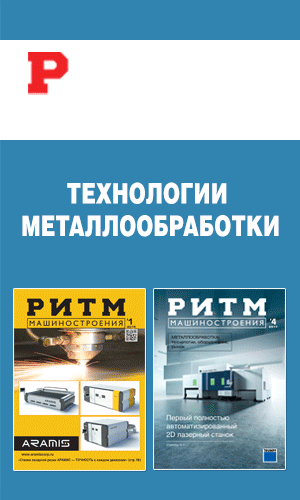
A U.S. Air Force program led by the Air Force Research Laboratory (AFRL) and Air Force Life Cycle Management Center (AFLCMC) is leveraging Senvol’s data-driven machine learning software for additive manufacturing to develop a methodology for demonstrating the viability of multi-laser AM systems for flight applications. Specifically, the Senvol ML software platform is being used to analyze an EOS M400-4 quad-laser powder bed fusion machine.
The joint program, which is primarily contracted to the University of Dayton Research Institute (UDRI), is called FlexSpecs, and it seeks to qualify the EOS M400-4 system by establishing baseline mechanical properties and design allowables. The ultimate aim is to validate the metal AM technology for the production of demonstration builds for heat exchangers and hypersonics-relevant components.
“AM has recently demonstrated the ability to rapidly deliver complex geometries and production quality parts that are able to enhance the capabilities of DoD weapons systems,” said Jessica Orr, Program Manager and Materials Engineering Team Leader for AM & Repair Technologies at UDRI. “A major challenge facing the use of AM for producing DoD relevant end-use parts is that the number of available large scale printers is likely to be limited for the next 5-10 years. In this collaborative program we are developing and demonstrating methodology to use a new multi-laser AM printer to produce airworthy, end-use parts.”
In this investigation, the Senvol ML software is helping the researchers to develop a process optimization and characterization strategy for analyzing all the project data. The machine-learning software was selected for this project because of its specific capacity to analyze the relationships between AM process parameters and material performance.
“We’re thrilled to work with UDRI, AFRL and AFLCMC on this program,” added Senvol President Annie Wang. “Our machine learning software, Senvol ML, is well-suited to assist with AM qualification, and this is a great example of that. In addition to helping to develop baseline mechanical properties and design allowables, the software will analyze data to evaluate laser-to-laser consistency, optimize bulk scan settings, identify preferred overlap patterns and parameters, and confirm uniformity over the entire build plate.”
Dr. Mark Benedict, Materials Scientist and Program Manager in the Propulsion, Structures & Industrial Technologies Branch, Manufacturing Technology Division, Materials and Manufacturing Directorate, AFRL, concluded: “The overall objective of this program is to successfully demonstrate full scale M400, multi-laser prints of heat exchangers as well as hypersonics-relevant parts. This is an area of need for the Air Force, and we look forward to the results.”
New York-based Senvol has a number of collaborations already in place. In 2018, for instance, the software company entered into a partnership with the U.S. Navy’s Office of Naval Research to develop data-driven machine learning AM software. More recently, French software solutions company Bassetti Group announced it was offering the Senvol Database of industrial AM machines and materials to its client base.



